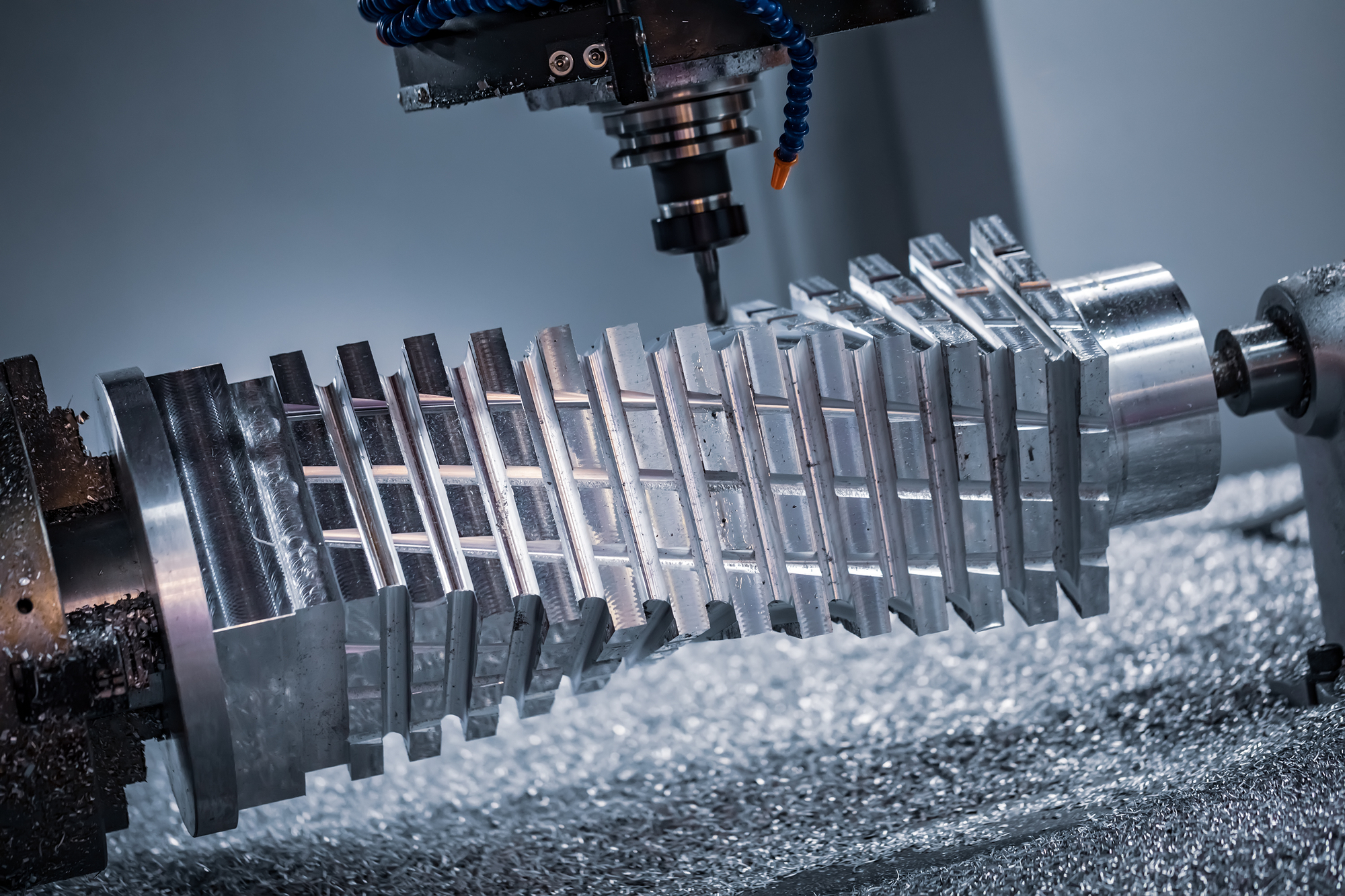If you’re in the manufacturing industry, then you know how important it is to have a high-quality and reliable CNC milling and turning process. With the rise of technology and the increased demand for precision and efficiency, CNC machining has become an essential part of the production process. In this article, we’ll explore the world of high production CNC milling and turning, and discuss how it can help streamline your manufacturing process.
What is High Production CNC Milling & Turning?
CNC milling and turning are both machining processes that use computer numerical control (CNC) technology to automate the manufacturing process. CNC milling uses a rotating cutting tool to remove material from a workpiece, while CNC turning uses a stationary cutting tool to create cylindrical or conical shapes. High production CNC milling and turning refers to the use of this technology to create large quantities of high-quality components, with a focus on efficiency and accuracy.
Advantages of High Production CNC Milling & Turning
- Increased Efficiency: With high production CNC milling and turning, you can produce a large number of components in a short amount of time. This means that you can meet your production targets and fulfill orders quickly, without sacrificing quality or accuracy.
- Greater Precision: CNC machines are incredibly precise, and can produce components with tight tolerances and complex geometries. This level of precision is especially important for industries that require high levels of accuracy, such as aerospace and medical device manufacturing.
- Cost Savings: While CNC machines are expensive to purchase and maintain, they offer significant cost savings in the long run. With high production CNC milling and turning, you can reduce labor costs, minimize scrap, and increase productivity, all of which can lead to significant cost savings over time.
- Flexibility: CNC machines can be programmed to create a wide range of components, from simple parts to complex assemblies. This means that you can use them for a variety of applications, without having to invest in different types of machinery.
Applications of High Production CNC Milling & Turning
High production CNC milling and turning is used in a wide range of industries, including:
- Aerospace: CNC machining is used to create components for aircraft engines, landing gear, and other critical parts. These components need to meet strict tolerances and specifications to ensure safety and reliability.
- Automotive: CNC machining is used to create parts for engines, transmissions, and other critical systems. The precision and efficiency of CNC machines make them ideal for high-volume production runs.
- Medical Devices: CNC machining is used to create components for medical devices, such as surgical instruments and implantable devices. The high precision of CNC machines ensures that these components meet strict regulatory requirements.
- Electronics: CNC machining is used to create components for electronic devices, such as circuit boards and housings. The ability to produce complex geometries and tight tolerances makes CNC machines ideal for electronic manufacturing.
Conclusion
High production CNC milling and turning is a critical component of modern manufacturing. With its ability to produce large quantities of high-quality components quickly and efficiently, it offers significant advantages over traditional manufacturing methods. However, it also requires careful planning and investment to ensure optimal performance. By assessing your needs, choosing the right equipment, investing in training, developing SOPs, and monitoring performance, you can implement high production CNC milling and turning effectively and reap the benefits it offers.



